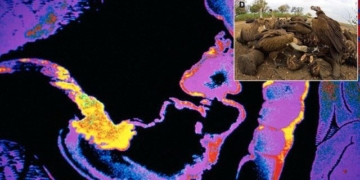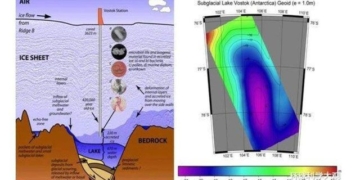The fuel tanks of airplanes are typically placed in various locations depending on the type of aircraft and its intended purpose. In many cases, the fuel tanks are located in the wings to optimize flight performance.
Early Aircraft
When airplanes were initially designed, their fuel tanks were actually placed behind the engines, in the middle of the fuselage.
Because the wings of early aircraft were relatively thin, with spars and ribs made from very lightweight pine wood, and the outer surface was covered with lightweight fabric, this structure could not support the weight of the fuel tanks. However, as fuel was consumed during flight, issues related to the aircraft’s center of gravity arose, leading to instability in flight.
The solution at that time was to install an additional fuel tank at the rear of the aircraft. Before fighter jets entered combat (during this period, civil aviation had not yet developed), some fuel from the rear tank would be used to restore the stability of the aircraft’s fuselage.
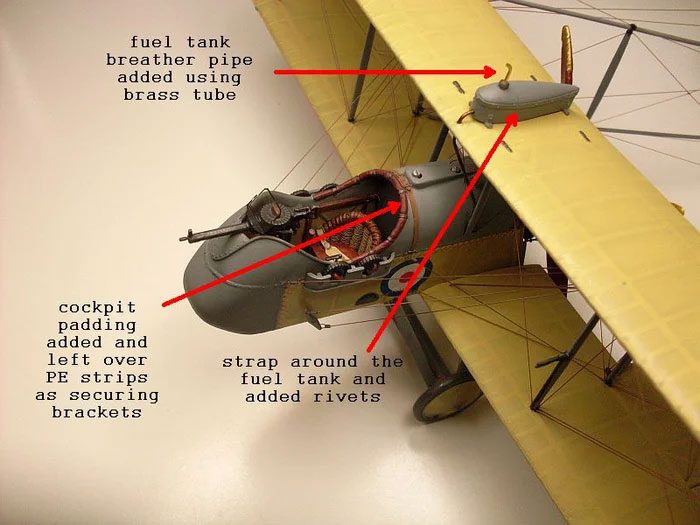
If the fuel were placed at the front or rear of the aircraft, this large fuel mass would create a significant moment acting on the aircraft’s longitudinal axis, and this moment would continuously change due to the fuel consumption causing instability.
However, to increase the operational range, the size of the fuel tanks also had to increase, so placing the fuel tank at the rear could not meet combat needs. Some designers later thought of adding auxiliary fuel tanks at the center of lift on the aircraft, above the wings.
Over time, due to the continuous development of materials and wing structures, and with aircraft engines being moved from the nose to the wings, designers also considered utilizing the hollow structure of the wings and attempted to place the fuel tanks in this position. After the 1950s, the fuel tanks of most aircraft were placed on the wings.
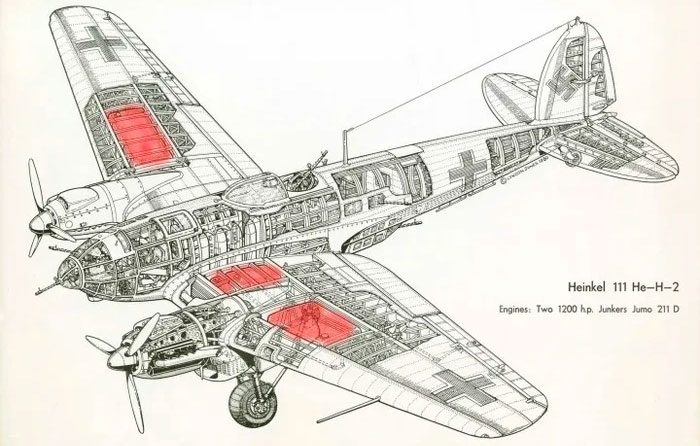
The wings are the primary lifting components of the aircraft. During takeoff, they will bend upward while also having to support a significant amount of the fuselage’s weight. Therefore, to prevent the wings from breaking, the fuel needs to be distributed across both wings. This also stabilizes the positive dihedral angle of the wings (the angle of the wings relative to the horizontal axis of the aircraft).
The Benefits of Placing Fuel Tanks in Aircraft Wings
Placing fuel tanks in the wings of an aircraft provides many advantages, such as optimizing space (the wings are too narrow to carry a significant amount of cargo), and being closer to the engines (making it easier to pump fuel into the engines; even if the pump fails, fuel can still flow into the combustion chamber due to gravity).
Moreover, the wings are centrally located, so as fuel is consumed, it does not affect the aircraft’s center of gravity. But most importantly, it helps prevent the wings from bending or vibrating during flight, and in the event of an explosion, it is safer for passengers.
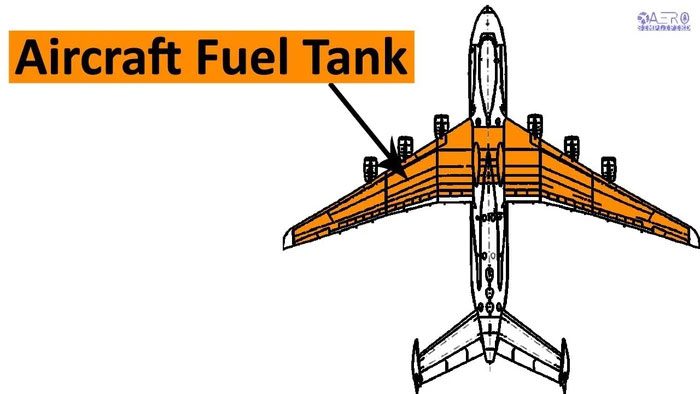
The weight of the fuel provides stiffness to the wings, thereby reducing the phenomenon of destructive fluttering caused by flow (flutter). Severe fluttering is very dangerous and can destroy the entire wing.
We know that when an aircraft is parked on the runway, it relies on a number of wheels to support its weight. While flying, it relies on the lift generated by the wings. This lift will bend the wing tips upward and the wing roots downward. However, the fuel tanks will help the wings resist and minimize the effects of this bending.
From a load perspective, if all of the aircraft’s weight is concentrated in the fuselage, a large bending load (bending stress) will be created on the wings to support that weight, but this also places pressure on the wing roots. However, when fuel tanks are placed in the wings, they help distribute some of the weight onto the wings, reducing the loading moment at the junction between the wings and the fuselage.
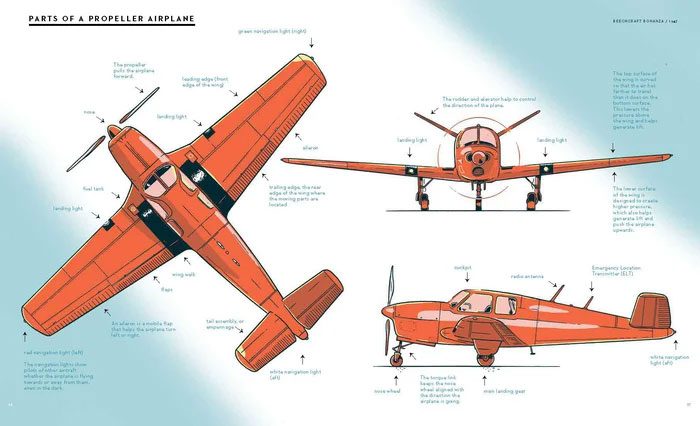
It is often thought that adding weight to the wings is beneficial as it makes the flight more stable and helps counteract fluctuations in turbulent weather, similar to how tightrope walkers use a long pole to maintain balance. Of course, everything has its pros and cons.
The Disadvantages of Having Fuel Tanks in Aircraft Wings
Firstly, when the aircraft encounters turbulence in the air, fuel sliding to one side in the fuel tank can cause a weight shift in that direction, leading to potential instability. This is especially true when flying with low fuel levels or in turbulent air for extended periods, as the engine may experience fuel shortages due to unstable fuel flow. However, this can be mitigated by adding some baffles in the fuel tank and improving the filling mechanism.
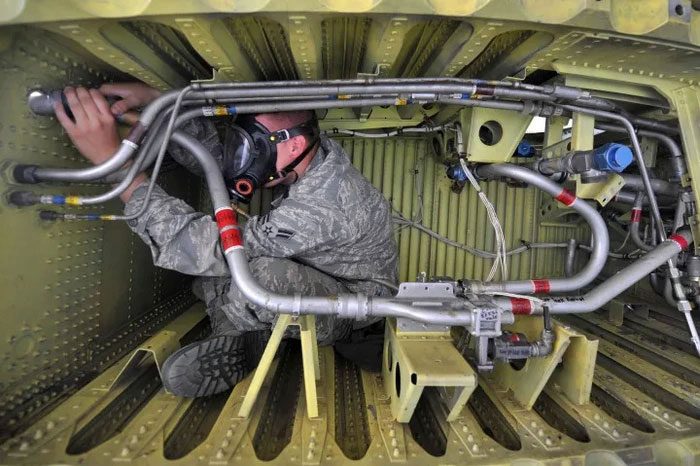
Another issue is that fuel is sometimes not pumped evenly from both tanks. This is particularly common in single-engine aircraft. This has also been addressed by adding an automatic fuel tank switching system.



















































